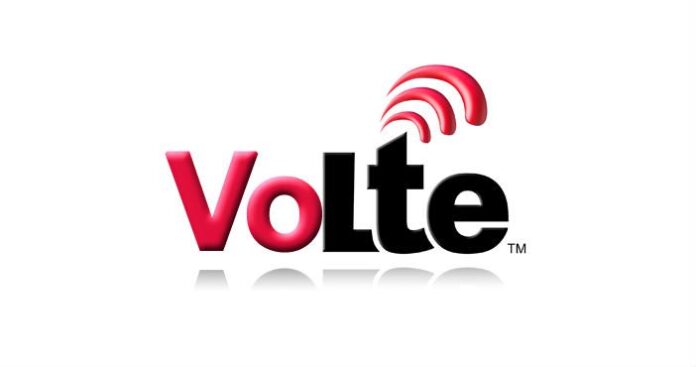U.S. carriers serve hundreds of locations that could get better coverage or more capacity from a small cell, but the benefits of adding the technology do not always justify the cost. One use case that often does seem to justify a small cell is voice-over-LTE, because carriers are determined to deliver the same call quality customers get on 3G networks.
Gordon Mansfield, who headed up AT&T’s small cell solutions business until late last year, said at Small Cells Americas that the carrier uses small cells to help with the uplink for VoLTE. He noted that unlike 3G, LTE was designed for data, so the downlink is stronger than the uplink. But VoLTE puts the same requirements on both the uplink and the downlink, so boosting the uplink with small cells makes sense.
AT&T was an early advocate of small cells, but pulled back from its initial target of 40,000 small cells scheduled for the end of this year. Now the carrier’s successful VoLTE launch is motivating it to step back into the small cell market.
According to Mansfield, who now heads up AT&T’s radio access network and device testing teams, Verizon Wireless also appears to be adding small cells in areas where VoLTE performance is at risk. The carrier started rolling out VoLTE across its network more than a year ago, while AT&T has been turning on VoLTE market by market. Mansfield said this month that AT&T Mobility now has more VoLTE traffic than Verizon Wireless, and that every AT&T mobile device is VoLTE-enabled.
VoLTE enables high-definition voice calls, provided both parties have VoLTE, and also facilitates call handoff between LTE and Wi-Fi networks. This feature will become increasingly important as the carriers offer more devices that support voice-over-Wi-Fi. Sprint and T-Mobile US have offered VoWi-Fi for some time, but the service is becoming more mainstream now that AT&T Mobility is offering it and Verizon Wireless is poised to do the same.
The full impact of VoLTE on the small cell market remains to be seen, but HD voice calls are just one of several reasons that carriers are looking at the technology. The biggest motivation for carriers to deploy small cells is to meet the exploding demand for mobile data in areas that cannot be adequately served by cell towers. Other motivations include the desire to guarantee coverage in high-value venues, and opportunities to collect network data from small cells. Verizon Wireless and AT&T Mobility are both expected to accelerate the pace of small cell deployments in 2016.
Follow me on Twitter.

